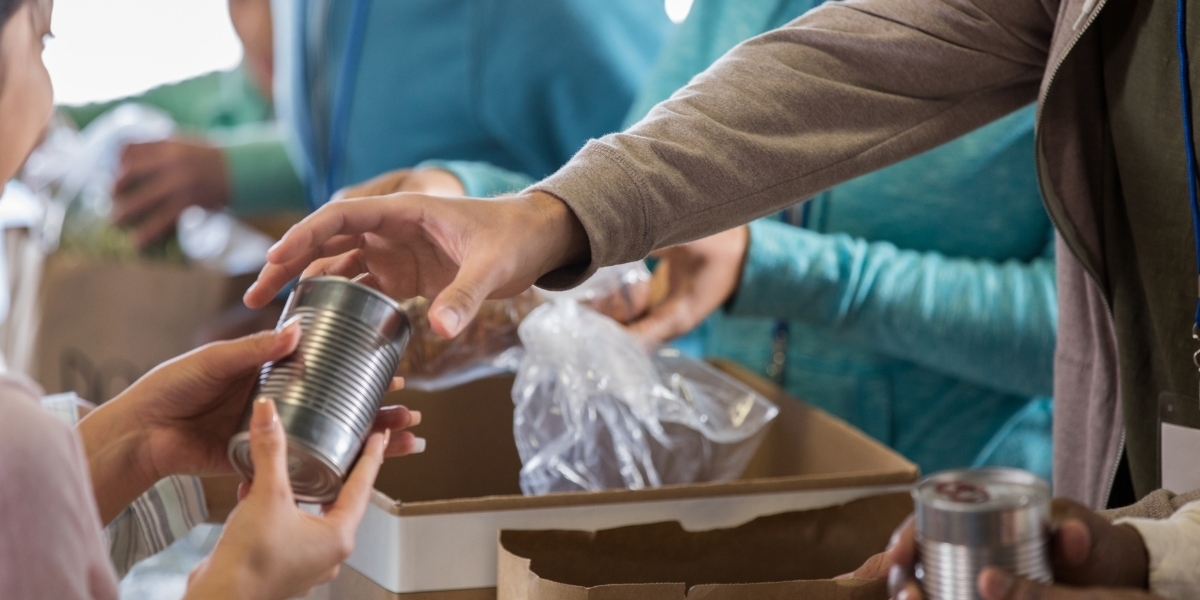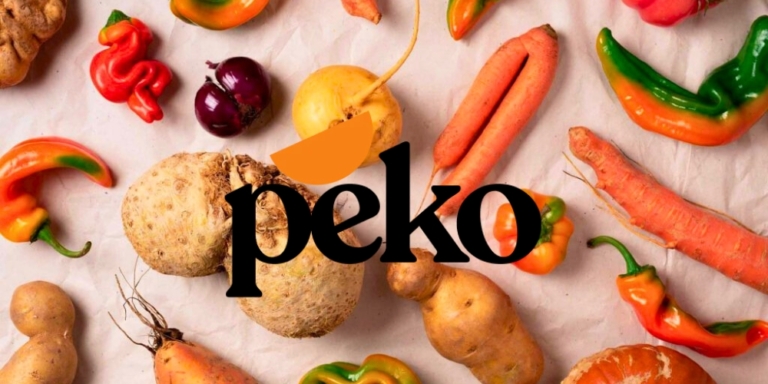Times are tough.
What people are paying for goods and services has increased by almost four percent since the start of the year in Alberta.
In particular, we spent almost eight percent more on food products in July than last year.
People are now struggling to put food on the table for their families, let alone themselves.
Thankfully, food banks are doing what they can to help those in need. This includes the Okotoks Food Bank, which offers a variety of programs and services.
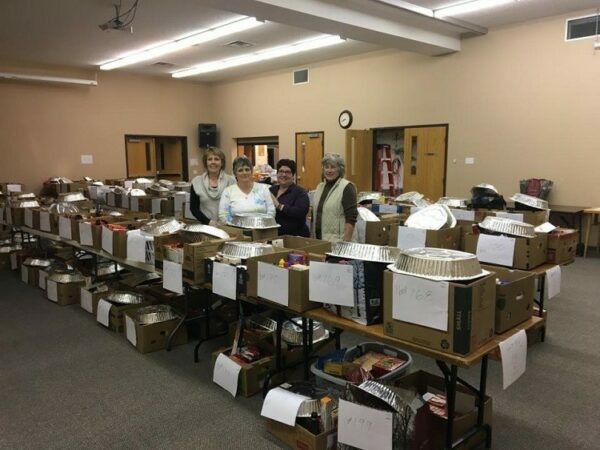
The food bank’s Hamper Program allows Okotoks residents to obtain a food hamper containing fresh produce, eggs, frozen meat, non-perishables, milk cards, non-food and personal care items.
The Okotoks Food Bank also offers the Help Yourself Shelf Program. This program lets clients fill a basket or bag with items they need up to four times weekly.
Unlike the Hamper Program, you don’t need to be an Okotoks resident to take advantage of the Help Yourself Shelf Program. As a result, demand has doubled from January to July compared to last year.
In 2022, the cost of groceries climbed more than 11 percent across Canada. That’s the largest increase the country has seen since August 1981. A report from Food Banks Canada found Alberta to be the province with the highest food insecurity, meaning the province with the most people worrying about their next meal
The report shows that the demand for food banks across the province has risen more than double the national average from pre-pandemic levels.
“…there’s something jarring about the fact that Alberta – one of Canada’s wealthiest provinces – has seen a 73 percent increase in food bank use over the past three years,” said Food Banks Alberta CEO Arianna Scott.
Since the cost of groceries surged in 2022, food banks have struggled to keep pace with the demand. The Okotoks Food Bank’s Help Yourself Shelf Program served 15,000 people over the first seven months of 2022.
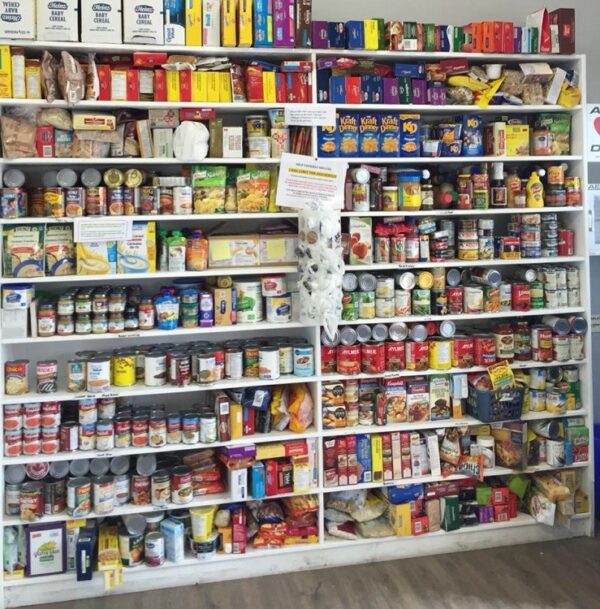
“It was starting to get crazy busy last year with the cost of food rising, but this is a whole other level,” Okotoks Food Bank Director Pamela McLean told the Cochrane Eagle.
That number has skyrocketed to 43,000 so far this year. That’s more than the 35,000 total for the entirety of last year. To make matters worse, the Okotoks Food Bank is seeing fewer donations than usual.
“I’m used to our shelves in the warehouse looking a bit skimpy come August, but never like this…So far, we have been able to meet the need, but it’s bare bones; it’s nothing excessive, no niceties,” explained McLean.
The drop in donations is small, but when more food goes out than in, it adds up. Because donations can’t keep up with demand, the Okotoks Food Bank has had to buy staples like peanut butter, tuna, and soup for the first time.
According to McLean, the Okotoks Food Bank serves about 100 families per day through the Help Yourself Shelf Program. Some clients line up hours before the food banks open, with many coming from outside Okotoks.
Food Banks Can’t Fight Food Insecurity On Their Own
With the fall busy season right around the corner, the Okotoks Food Bank is counting on the Church of Jesus Christ of Latter Day Saints’ annual food drive next month.
Last year, the food drive collected over 30,000 pounds of non-perishable food. McLean hopes the community will be just as generous this year.
Food banks across the province are doing what they can to help a growing number of clients. But their efforts mean nothing unless we address the root of the problem.
According to Scott, we need to reduce poverty and increase employment. After all, how can we expect people to support others when they can’t even help themselves?
“Poverty reduction and increased employment are the only answers to food insecurity because food insecurity comes from those two places,” Scott told CBC News.
According to a University of Toronto report titled Household Food Insecurity in Canada, more than 20 percent of Albertans struggled to put food on the table in 2021.
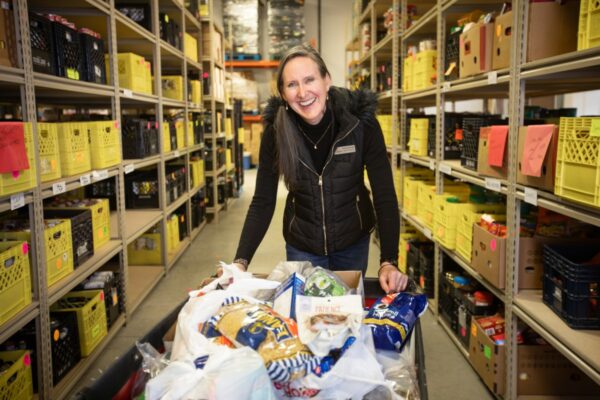
“I hope that our findings for the province of Alberta, in particular, are a call to action for the province to take a good look at how it’s looking after its lowest income citizens,” said Valerie Tarasuk, a professor at the University of Toronto and contributor to the study.
Alberta is one of the wealthiest provinces, yet people must choose between buying food or paying their bills.
Noreen Willows, a population and public health nutrition professor at the University of Alberta, claims we need government action to tackle food insecurity and poverty.
This includes better social assistance programs and benefits, a livable minimum wage, regulation of rent increases, and guaranteed basic income.
“All citizens should be able to afford food that’s accessible and healthy, and so the government should ensure that basic human right; why has there been so little action?” asked Willows.
In November 2022, the Government of Alberta committed $20 million over the next two years to help food banks. As of April, the government has donated $10 million to food banks.
Funding from the government has helped hundreds of food banks, but is it enough? Are these funds just a temporary “solution’ to a deep-rooted problem?

